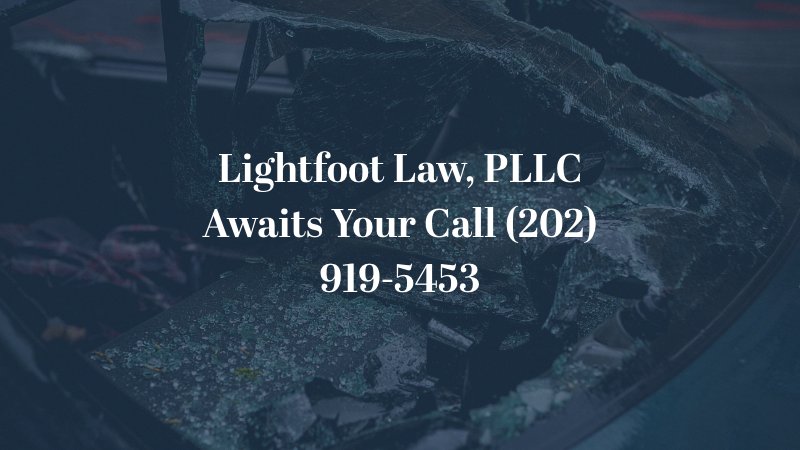The burden of proof is the responsibility someone has to show their claim is true when they bring a case to court. In a criminal trial, it falls on the government to show the accused is guilty – and they have to do this beyond a reasonable doubt, which is a very high standard.
In civil cases, like personal injury lawsuits, the burden is lower. The person bringing the claim has to prove their claim by a preponderance of the evidence. Understanding what this means and how to do it is essential for personal injury victims.
The Standard of Proof in Civil Cases – Preponderance of The Evidence
In civil cases, like injury lawsuits, the plaintiff doesn’t have to prove their case beyond all doubt. They just need to show that what they claim is probably true – at least 51% likely. This is called preponderance of the evidence.
If you are suing someone over a car accident in Washington DC, for example, you must show it’s more likely than not that the other driver’s mistake caused your injuries. The judge or jury decides if your story is more likely to be true, even by a small amount.
This standard is much lower than what’s used in criminal cases, where guilt must be proven beyond a reasonable doubt. That level of proof means almost no doubt is left in the minds of the jury. Civil courts have a lower threshold because the consequences are usually financial and not taking someone’s freedom from them.
How Do You Prove a Civil Claim?
To win a civil case, you need to back up your claim with clear, convincing evidence. Here are some common types used to support your claim:
- Photographs and videos from the scene of the accident or injury
- Medical records showing your injuries and treatment
- Witness testimony from people who saw what happened
- Expert opinions from doctors or accident specialists
- Police reports or incident documentation
- Receipts or bills for property repairs or expenses tied to the incident
The exact type of evidence will depend on the specific type of case and injury you’re dealing with.

Common Challenges to Establishing The Burden of Proof in Personal Injury Cases
Proving your personal injury claim isn’t always simple. There are several hurdles you might face from the other side as you try to show who was at fault.
Disputes Over What Caused the Injury
One of the biggest challenges is proving that the other party’s actions were the reason you got hurt. The defense may argue that your injuries came from something else – a past accident, a medical condition, or even your own actions. You’ll need strong evidence, like medical reports and expert testimony, to show a clear link between what happened and your injury.
Insurance Company Pushback
Insurance adjusters look for ways to avoid paying your claim or to pay as little as possible. They might say the evidence isn’t strong enough, question your doctor’s opinions, or dispute how bad your injuries really are. They are likely to comb through records or look for gaps in treatment to weaken your case.
Denying Negligence or Blaming Others
The person or business you’re suing might argue that they weren’t negligent or that you share some blame for what happened. In some cases, they may try to shift responsibility to a third party, like another driver or company.
These challenges are part of pretty much every personal injury claim. Fortunately, a lawyer can help you fight back against them. If you have questions, contact us today to schedule a free consultation.